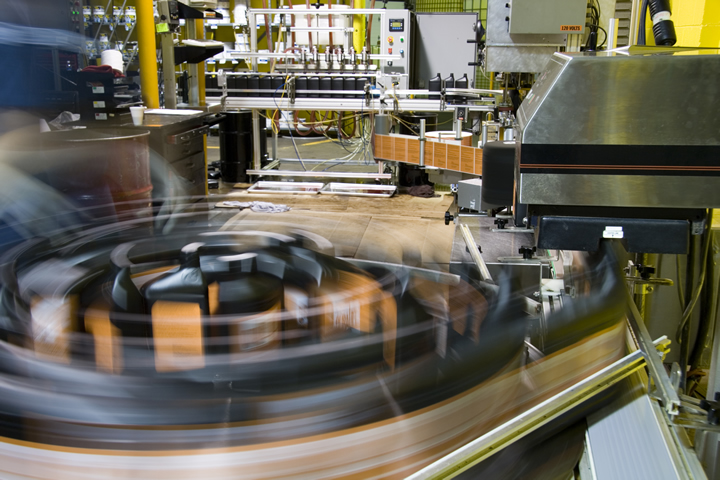Now is No Time to Put the Brakes on Automation

The overall cost of living and working is increasing, prices are inflating, and as many countries edge towards a possible recession, logistics organisations are feeling the pressure to ensure processes are as cost-effective as possible.
As the old adage goes – you have to spend money to make money. And investment is certainly necessary to save money too. For logistics organisations, warehouse automation provides businesses with the agility and efficiency gains needed to help weather the volatility of an economic storm. Wouter Satijn, Sales Director, Joloda Hydraroll, explains why a slowdown of the economy is a signal to accelerate automation – not put the brakes on.
The Inflation Effect
After two years of a global pandemic, labour shortages, and the conflict in Ukraine, the industry must navigate the inflationary impact on the supply chain and logistics.
The cost of running a warehouse, including labour, material and electricity, is increasing. The rental rates on expiring multi-year warehouse leases in the US are soaring. In the UK, occupiers of logistics and distribution spaces are set to see a significant rise in their business rates following the next revaluation in 2023. Fuel is also more expensive, which is driving up transportation and operational costs, and adding to the strain of driver and equipment shortages.
With outgoings much higher than forecast, companies are re-evaluating their budgets, including growth plans and projects. But it’s a catch-22: these strategies to innovate are exactly what are needed to endure and succeed in times of global economic volatility.
In the same way that the pandemic had a transformative effect on the retail industry and their digitalisation strategies, greater automation in the warehouse can help logistics companies protect their profit margins against rising costs.
Future-Proofing with Automation
The journey to warehouse automation is indeed an investment. However, when evaluating the long-term cost of inefficient operations, the return that automated processes deliver – particularly in the financially challenging times businesses find themselves in today – can be game-changing.
Return on investment (ROI) is quick, but automation is not only a short-term fix; it helps to future-proof businesses against any other challenges that might be around the corner, due to the flexibility and agility it adds to operations. Businesses can also scale quickly to meet fluctuating customer demand. This was evident during the pandemic when warehouses with greater levels of automation were able to successfully meet the surge in online orders, despite staff shortages due to lockdowns and sickness. The global warehouse automation market is expected to surpass $30 billion by 2026, which is nearly double what it is today. These companies investing in automation stand to gain a competitive edge by prioritising ways to improve productivity and remove inefficiencies.
Innovating Loading and Unloading Processes
One area where automation can unlock significant gains is the loading bay. By investing in automated loading systems (ALS), logistics companies can immediately benefit from faster, more efficient operations. An ALS saves space and physically demanding man-hours can be spent elsewhere in the business, helping to drive revenue.
An ALS also removes the need for forklift trucks within the loading area, as well as their associated running costs, while the number of trucks required to fulfil deliveries is reduced because of more reliable delivery and collection slots. Surplus trailers and forklifts are expensive – let alone when used inefficiently. With labour, fuel and maintenance costs rising, it’s time to end queues and hold-ups in the loading bay. Companies simply can’t afford not to.
Conclusion
The pandemic taught us that digital transformation is at the heart of business continuity and profitability during uncertain times – and automation is a big part of that. As economic challenges continue to mount, this is no time to put on the brakes. Logistics companies that press ahead with their automation strategies – investing in new ways to improve productivity and remove inefficiencies from their operations – unlock opportunities to future-proof the business, reduce costs, and grow revenues.
Comments (0)
This post does not have any comments. Be the first to leave a comment below.
Featured Product

